World War II saw some of the deadliest military tactics in history and claimed the lives of about 60 million people. Involving countries throughout Europe, Asia, Africa, and North America, WWII is truly an unparalleled event in our world history, so we should continue to learn about and from it.
Each site we’ve listed below has a unique story, and many also have museums where you can learn more about the role that area played in the war. Whether you’re a history buff or an avid traveler, you should aim to visit at least one of these World War II locations.
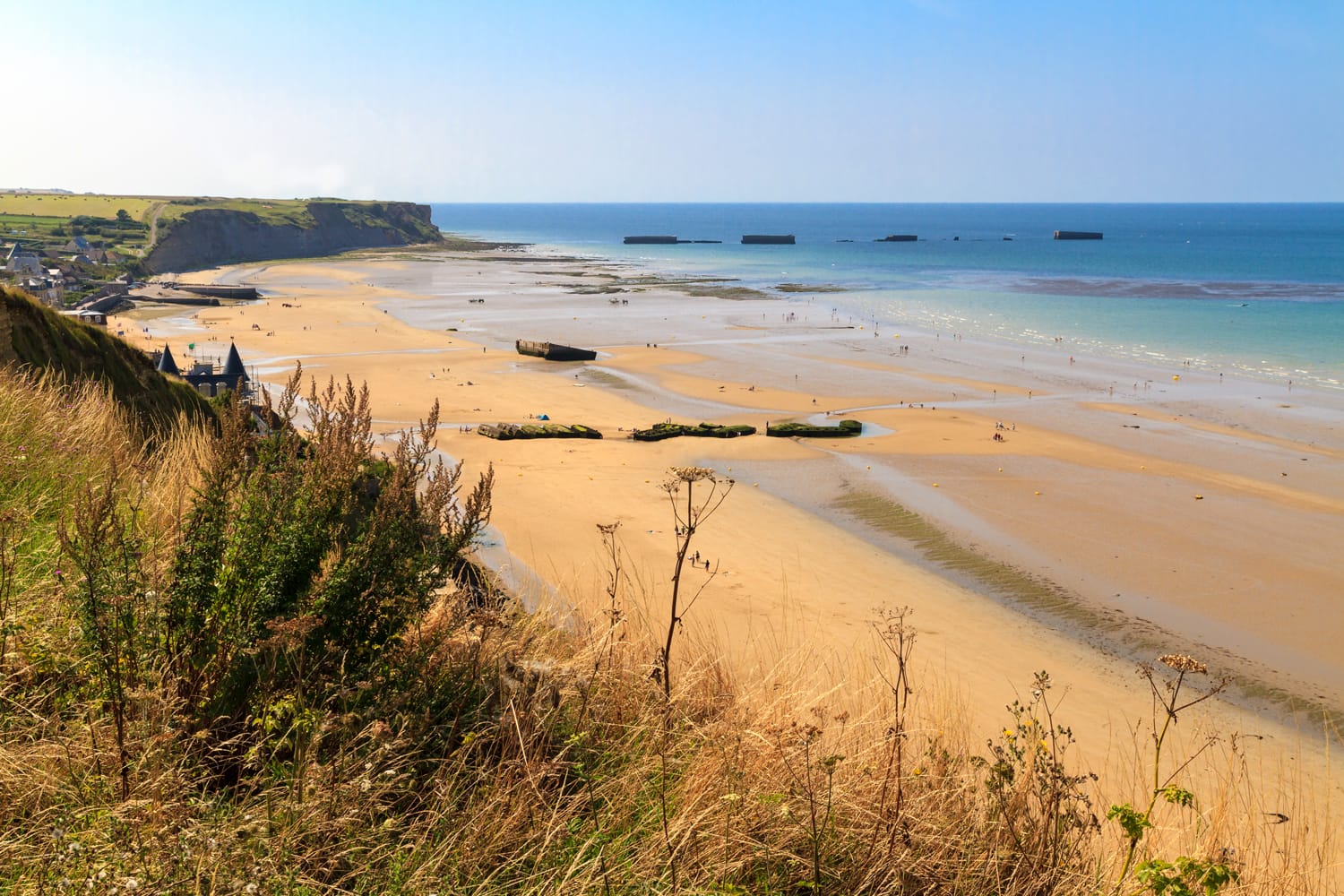
Normandy Beach – Normandy, France
Normandy Beach, where the infamous D-Day invasion took place, is easily one of the most significant World War II sites. The objective of the mission, known as Operation Neptune, was to open a second front opposite the Russians in the East to put more pressure on the Nazi German army.
Significance
On June 6, 1944, Allied troops stormed the beaches of Normandy in an operation larger than any other amphibious invasion in history.
While the mission was largely successful, it was quite miraculous that the Allies executed it so well. For one thing, they had rehearsed with a mock invasion known as Exercise Tiger on English shores; German E-boats caught wind of this exercise and attacked the Allied landing ships, killing nearly 800 U.S. troops. The Nazi Germans had also heavily fortified the French coast, known as the Atlantic Wall. The Allies not only had to keep the invasion a secret, make it past the Atlantic Wall, and defeat the Germans, but also needed the weather on their side.
The attack on Normandy took place across five beaches, starting in the early morning when thousands of paratroopers dropped behind the lines of the code-named Utah Beach and Sword Beach. Over 156,000 British, American, and Canadian soldiers then stormed 50 miles of beachfront in a bloody attack.
An estimated total of 5,000-12,000 Allied troops died in the invasion, while the German death count was estimated to be 4,000-9,000. The worst casualties were suffered by the American troops at Omaha Beach, due to a failed naval and aerial bombardment before the troops landed.
How to Visit Normandy Beach
While you can explore Normandy Beach on your own, the best way to experience this WWII battle site in France is with a guided tour. With a guide, you’ll learn a lot more about the events surrounding D-Day and how its success affected the war.
If you do explore the beaches on your own, make sure to visit them all: Utah, Omaha, Gold, Juno, and Sword.
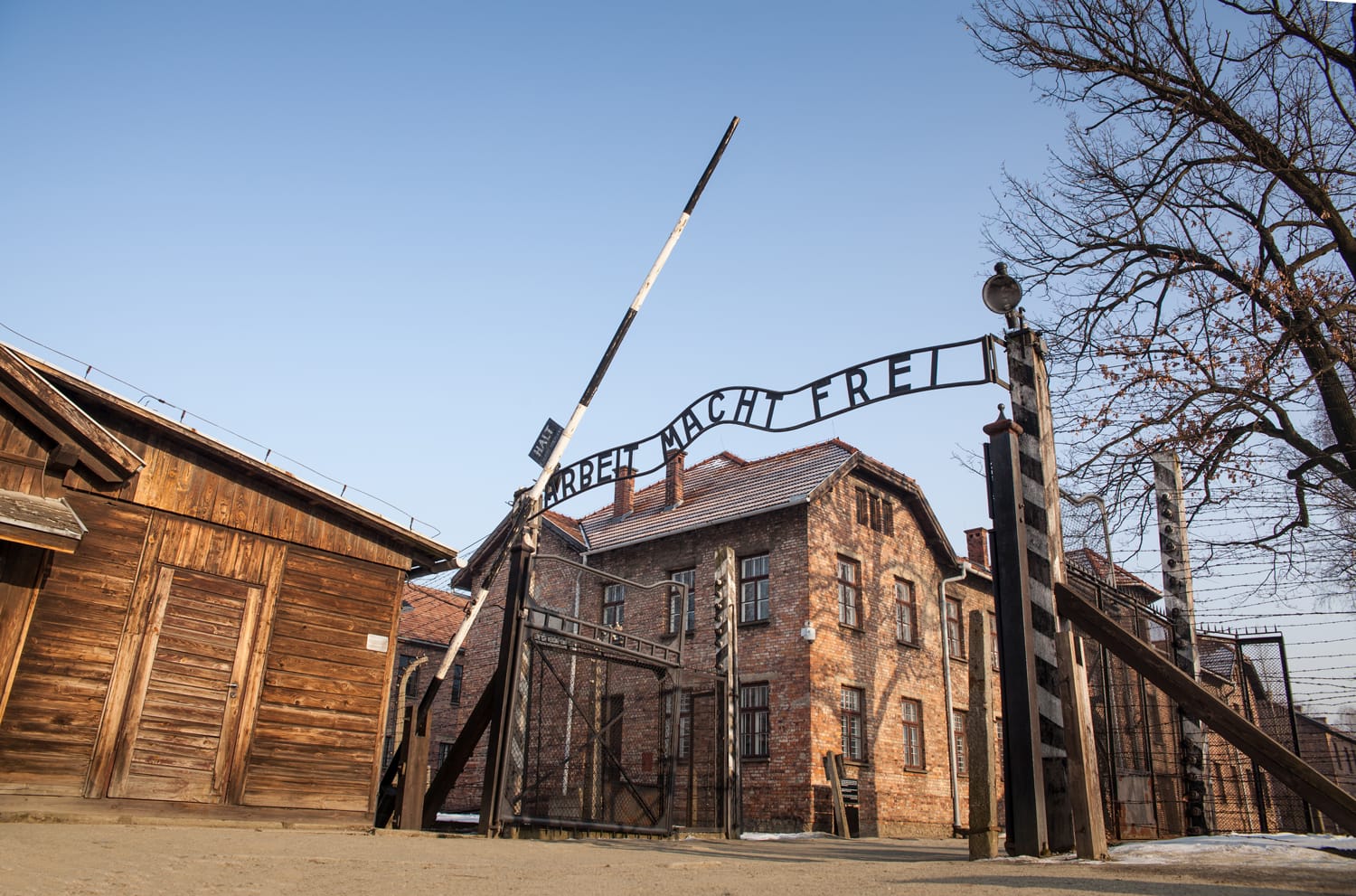
Auschwitz-Birkenau Camp – Auschwitz, Poland
One of the most horrific events of WWII is the use of concentration camps by Nazi German soldiers and SS command. Prisoners of war, Jewish people, and those who opposed or did not align with the Nazi German ideal were sent to either concentration camps, extermination camps, or forced-labor camps.
Significance
Auschwitz is the most infamous concentration camp, as its complex actually housed all three categories of camp. Its main purpose was extermination, with the goal of killing all Jewish and Roma people. One of the most notorious ways the Nazi Germans executed people was via gas chambers, but they also performed medical experiments on prisoners. In total, about 1.1 million people were killed in the gas chambers at Auschwitz, with 1 million of those people being Jewish.
The camp was abandoned near the end of the war in 1944. German soldiers rushed to destroy any evidence of the monstrous events that took place there, forcing 60,000 prisoners to march to the camp of Bergen-Belsen. This walk is known as the Death March, as SS leaders would shoot anyone who lagged behind the pack. Only 15,000 prisoners made it to Bergen-Belsen, where they were liberated by British troops. The 7,000 prisoners who were too ill to move were left behind at the camp but liberated by the British in the following days.
How to Visit Auschwitz
The Auschwitz-Birkenau Memorial and Museum is located in the southern region of Poland, about an hour’s drive from Kraków. You can make your own way there or join a guided day trip from Wrocław, Kraków, or the town of Auschwitz (Oświęcim). If you have your own transportation, we still recommend you join a guided group tour of Auschwitz to learn as much as you can at the complex.
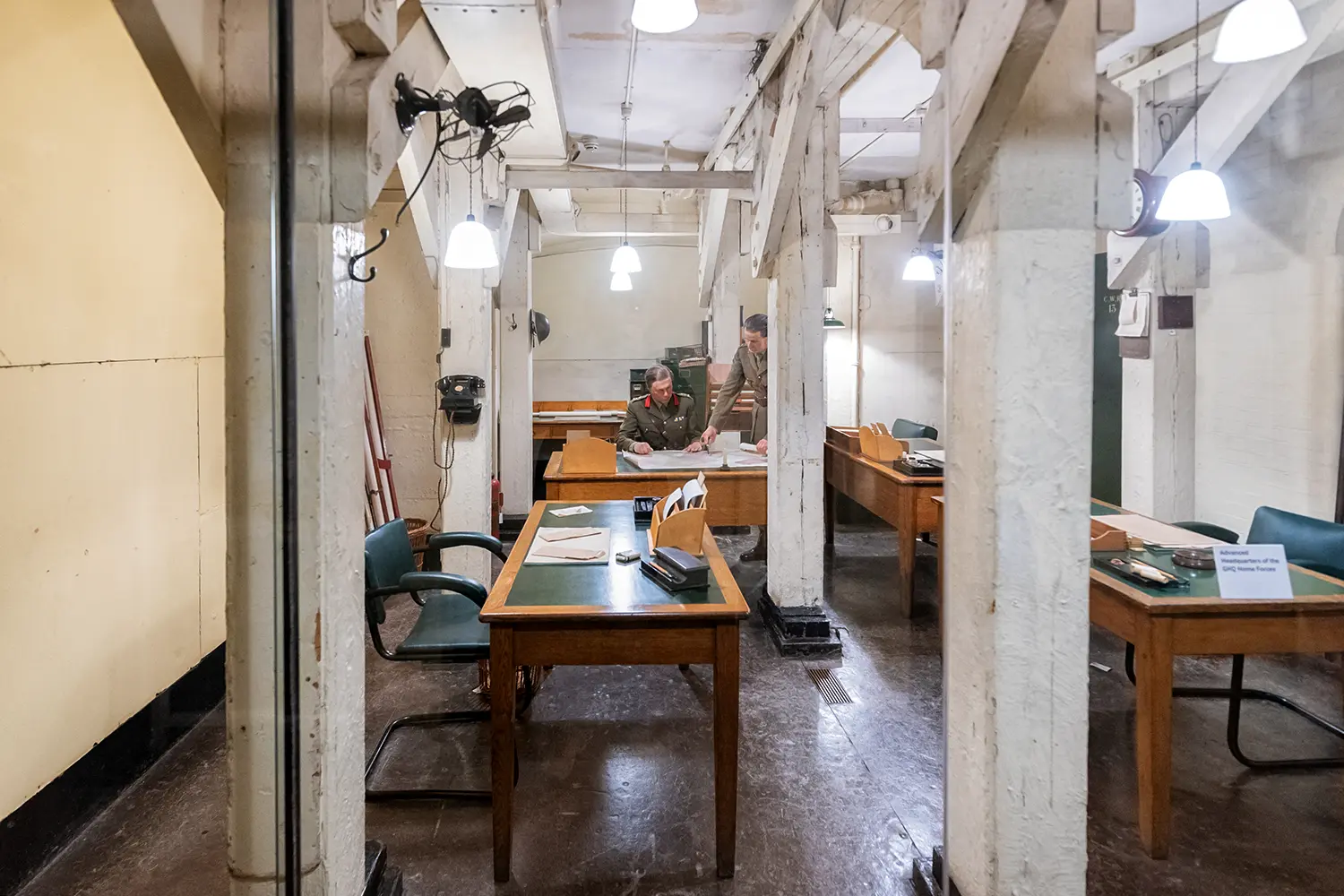
Churchill War Rooms – London, England
The Cabinet War Rooms (referring to the entire underground complex), more widely known as the Churchill War Rooms (referring to the area where Churchill lived and worked), is a can’t-miss WWII tour in Europe. This collection of rooms and dimly lit hallways is where Prime Minister Winston Churchill and his advisors planned crucial missions and provided a safe space for the British government to run business.
Significance
This top-secret underground complex acted as Churchill’s headquarters from 1939 until the end of the war in 1945. During the complex’s use, the British government mapped out every German and British move in the Map Room and held 115 meetings in the Cabinet Room, which had a special design. All of the chairs and tables pointed inward to a small well in the center, putting all seats at eye level of each other except for three in the middle of the well. These seats were reserved for the heads of the army, navy, and air force, putting them in direct eye contact with Churchill.
Going underground and exploring this complex is like taking a step back in time, getting a sense of the government’s mentality in wartime. You can see several significant objects in the museum, including an original Enigma machine that the Germans used to code communications. You can also explore a collection of Churchill’s own belongings, including his cigar, bowler hat, and siren suit.
How to Visit the Churchill War Rooms
Between the massive complex and the museum, you should expect to spend about two hours in the Churchill War Rooms. It’s in the heart of London beside St. James’ Park and Buckingham Palace, so it’s easily accessible by public transport. You can explore on your own or as part of a walking tour, such as this guided tour of Westminster and the Churchill War Rooms or this guided tour of London’s war sites.
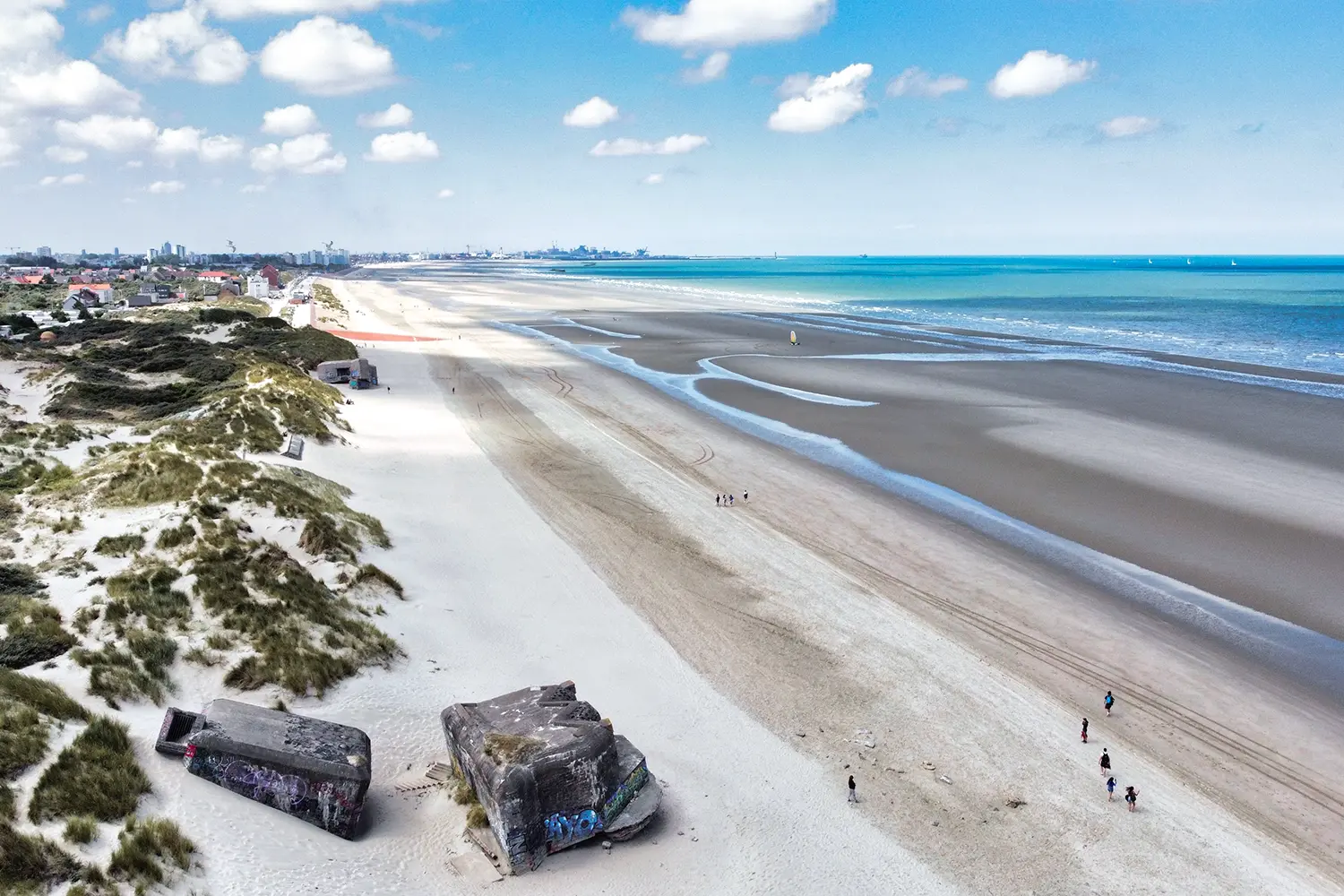
Dunkirk Beaches – Dunkirk, France
Before the successful D-Day attack, British forces executed a rescue mission for 338,000 British, French, and Belgian troops who were trapped on the beaches of Dunkirk, France. The mission, known as Operation Dynamo, aimed to rescue the troops from the French Port of Dunkirk and bring them back to Britain.
Significance
Europe watched in horror as the Nazi Germans amped up their attacks in 1940. The blitzkrieg swept through France, Luxembourg, the Netherlands, and Belgium, stranding hundreds of thousands of troops on French shores. There wasn’t much hope for the soldiers, as the British navy’s large ships couldn’t get close enough to land and board troops.
It was a race against time as both the Allies and the Axis worried about impending attacks. Adolf Hitler was convinced the Allies would strike back as they had (unsuccessfully) done before, so he ordered a halt to the attack at Dunkirk. This would turn out to be a blessing, giving the British navy time to scrape together a rescue plan.
The British began evacuating Dunkirk on May 26, 1940. Nearly 7,500 soldiers were rescued on the first day, but the larger boats couldn’t get close enough to land to board the troops. That’s when the British public stepped up, providing smaller boats to ferry soldiers between the shore and the large naval ships. An estimated 800-1,200 of these boats (mostly leisure boats and fishing charters) helped to rescue the men from the shores of Dunkirk. Most of the small boats were given to members of the navy to command, but a few fishermen manned their own boats, showing true bravery to save their countrymen.
The operation saved 338,000 men from almost certain death. An estimated 70,000 men were left behind and taken prisoner, killed, or lost.
How to Visit Dunkirk
You can visit the town of Dunkirk on a self-guided tour and see the Allied Memorial, walk the beaches where soldiers fought, and learn more about the battle and Operation Dynamo at the Dunkirk 1940 Museum. The best way to experience and learn about the area is with a guided tour.
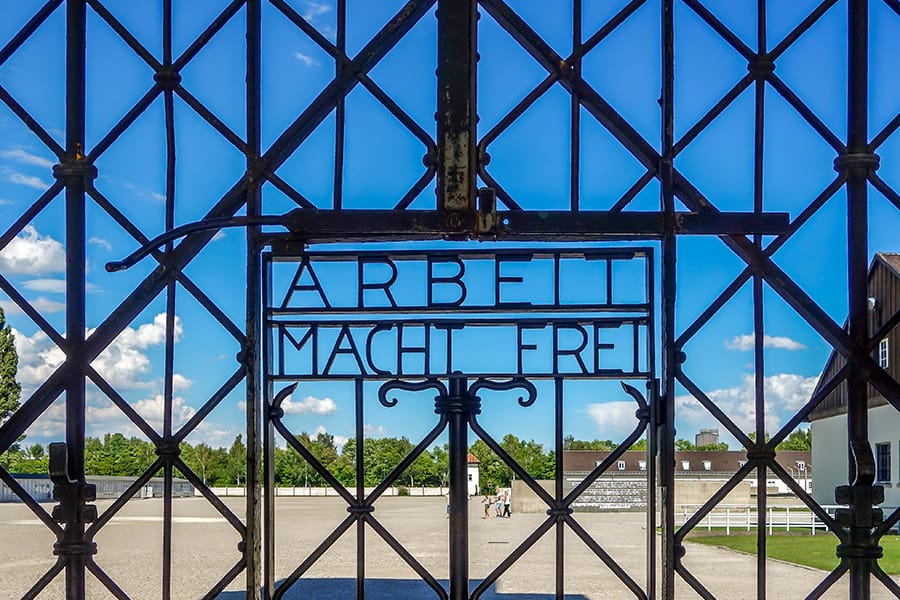
Dachau Camp – Munich, Germany
Built in 1933, Dachau was the first concentration camp and remains one of the most infamous WWII sites in Germany. Its original purpose was as a political prison, but it later evolved into an extermination camp, killing thousands of people who were Jewish, homosexual, or physically or mentally disabled.
Significance
As the first concentration camp, Dachau marks the beginning of unimaginable practices during WWII. Hitler was elected chancellor of Nazi Germany in January 1933, and he erected the camp within three months to house political prisoners, mainly Communists and Socialists, who were subject to harsh treatment and conditions.
In May of that year, a Munich schoolteacher named Sebastian Nefzger was beaten to death by an SS officer. The officer claimed Nefzger killed himself, but he and his accomplices faced murder charges due to a suspicious autopsy. Hitler stepped in to clear them of all charges. He then declared that concentration camps were not subject to German law, allowing SS officers to run the camps as they saw fit.
Throughout Dachau’s use, thousands of European Jews and other prisoners were shot, beaten, gassed, or starved to death. It’s impossible to know exactly how many prisoners walked through the gates of Dachau, but 200,000 were registered to be sent.
How to Visit Dachau Camp
You can tour the grounds for free and wander through the historic buildings and library while learning more about life in the camp. However, the best way to visit Dachau is with a guided tour. If you’re staying in Munich, consider booking this day trip from Munich with a guided tour of the camp. If you already have your own ride, you can book a guided tour of Dachau here.
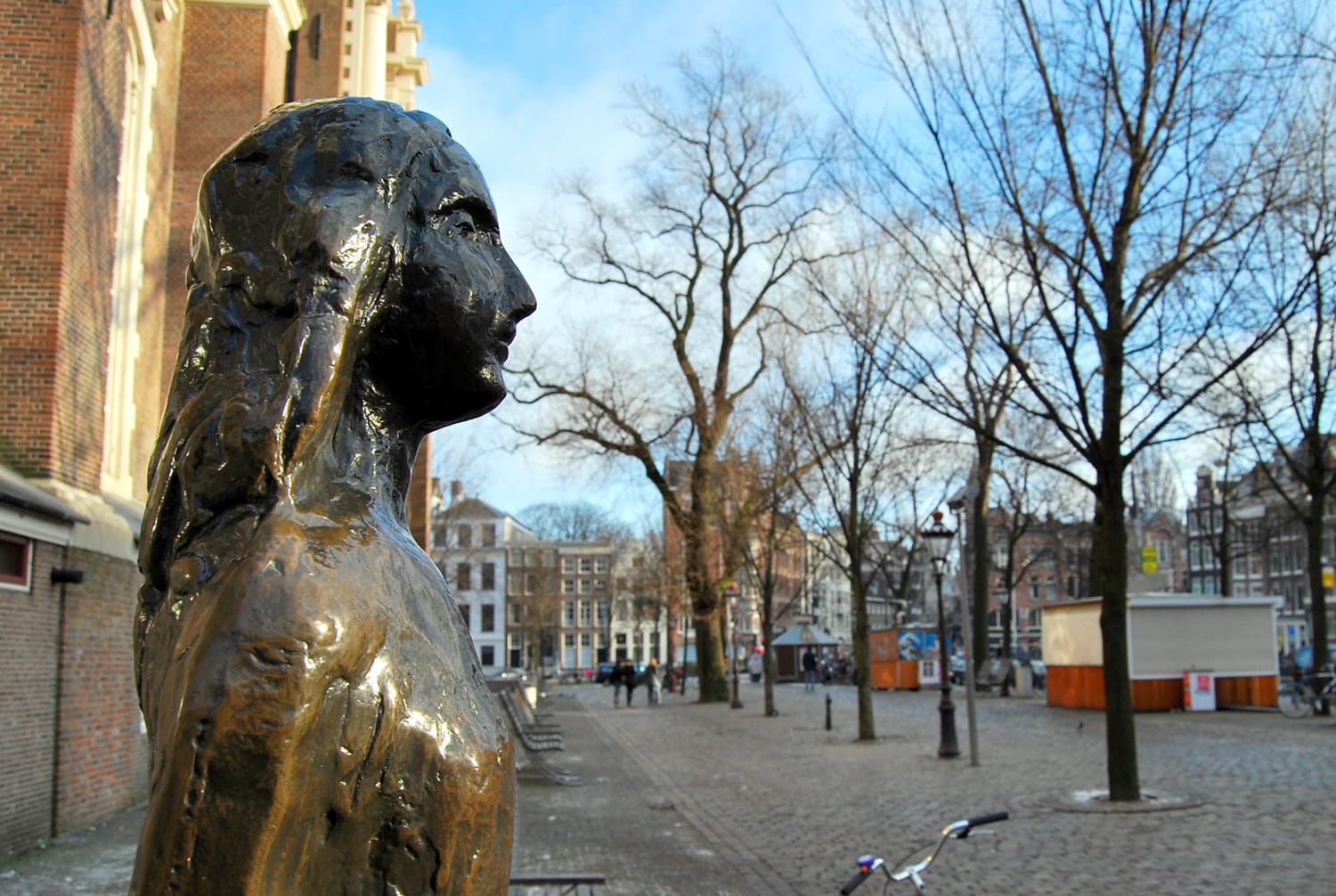
Anne Frank House – Amsterdam, Netherlands
Anne Frank’s story is one of the most infamous to come out of WWII. She documented her family’s experience of hiding from Nazi German persecution in her journals, providing rare insight into the thoughts and events of the European Jews in hiding.
Significance
The Franks were Jewish German citizens who moved to the Netherlands to escape the Nazi regime in 1934. Germany would later occupy the Netherlands, and in 1942, it began to round up Jewish citizens and send them to concentration camps. Anne, her sister (Margot), her father (Otto), and her mother (Edith) went into hiding in a secret apartment in Amsterdam behind what used to be her father’s office, where they remained for two years.
Just before her family went into hiding, Anne received a journal for her 13th birthday and began documenting her thoughts and observations on the world. But when her world became a tiny apartment, the subject became her life in hiding.
Anne’s diaries and the secret apartment where her family hid offer a rare glimpse into the lives of Jewish outcasts attempting to evade concentration camps. Tragically, the Nazis discovered Anne and her family after an anonymous tip from a Dutch caller. In August 1944, the Franks were arrested and sent to Auschwitz-Birkenau. Shortly afterward, the two sisters were separated and sent to Bergen-Belsen. Anne was executed sometime in February or March of that year, just one month before the camp was liberated.
How to Visit the Anne Frank House
You can explore the secret annex where the Franks and other Jewish families hid, which is now a museum that also displays Anne’s personal diaries. Make sure to purchase your ticket well in advance on the official website. If you want to learn more about the Franks and Germany’s occupation of Amsterdam, consider booking this two-hour guided walking tour.
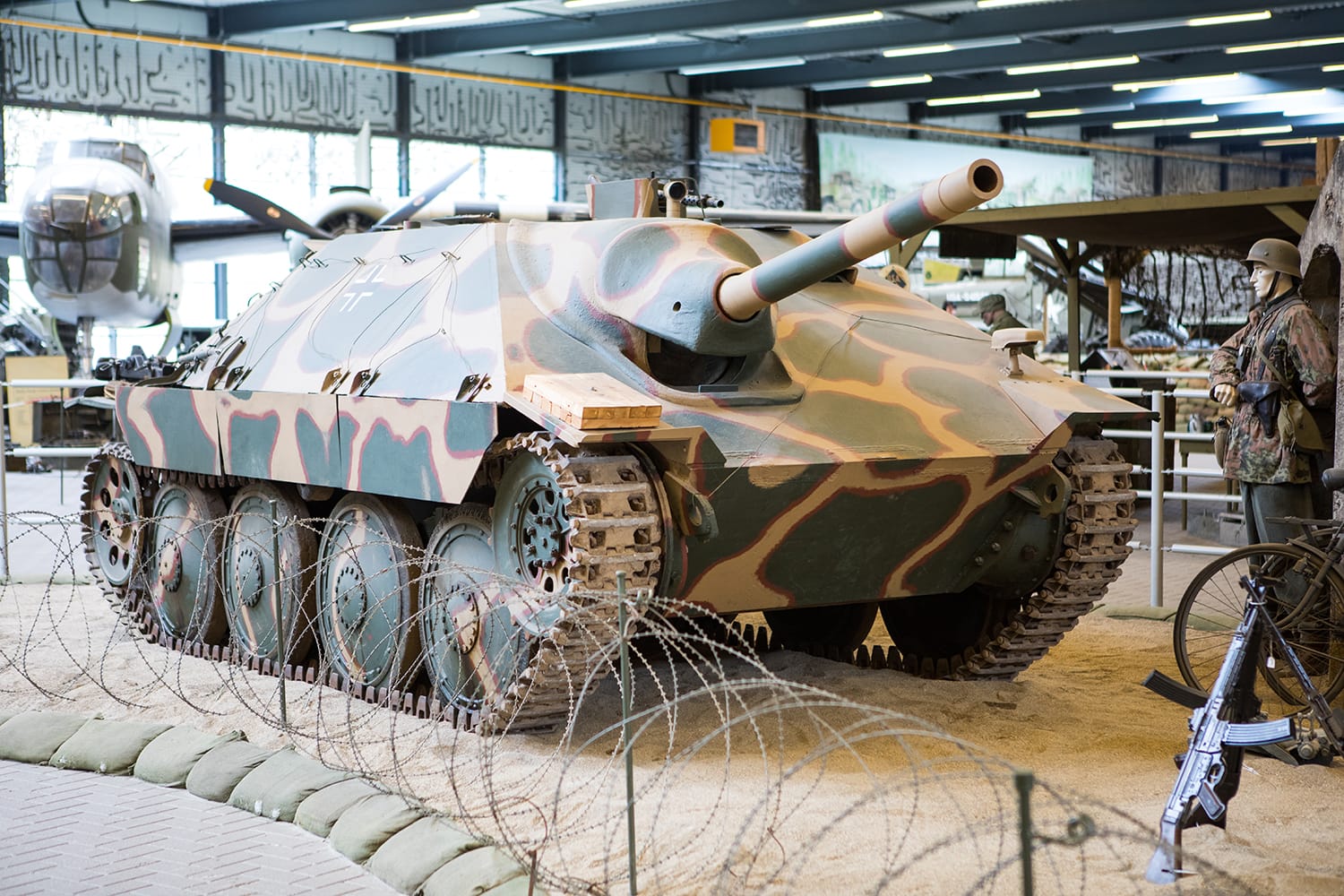
Overloon War Museum – Overloon, Netherlands
Another mind-blowing Dutch WWII location is in a town called Overloon. The area was famously liberated by the Americans and British during the Battle of Overloon, which was part of Operation Market Garden.
Significance
The Battle of Overloon was one of the deadliest and hardest-fought WWII battles to take place in the Netherlands. Operation Market Garden was the larger goal of the battle as the Allies planned and executed the largest airborne drop in history, with nearly 200,000 American troops being dropped at key bridges and towns in an attempt to push the Nazi Germans out of the Netherlands.
Allied soldiers found themselves in bloody house-to-house combat and forest battles, and the town was nearly destroyed. The Americans suffered a heavy defeat and were unable to penetrate German lines. They were relieved from nine days of battle by the 3rd British Infantry Division, which recaptured the city using different tactics.
The Overloon War Museum is easily one of the best WWII museums in the world. It features an extensive collection of wartime artifacts, along with interactive exhibits that show what life was like under occupation. The museum’s biggest standout is its gigantic warehouse of military vehicles, planes, artillery, and tanks.
How to Visit the Overloon War Museum
The museum is in the town of Overloon, just under a two-hour drive from Amsterdam. It’s also possible to take trains and buses to the town, but it’s not a very direct journey. You can purchase a ticket (with free cancellation up to 24 hours before your visit) here.
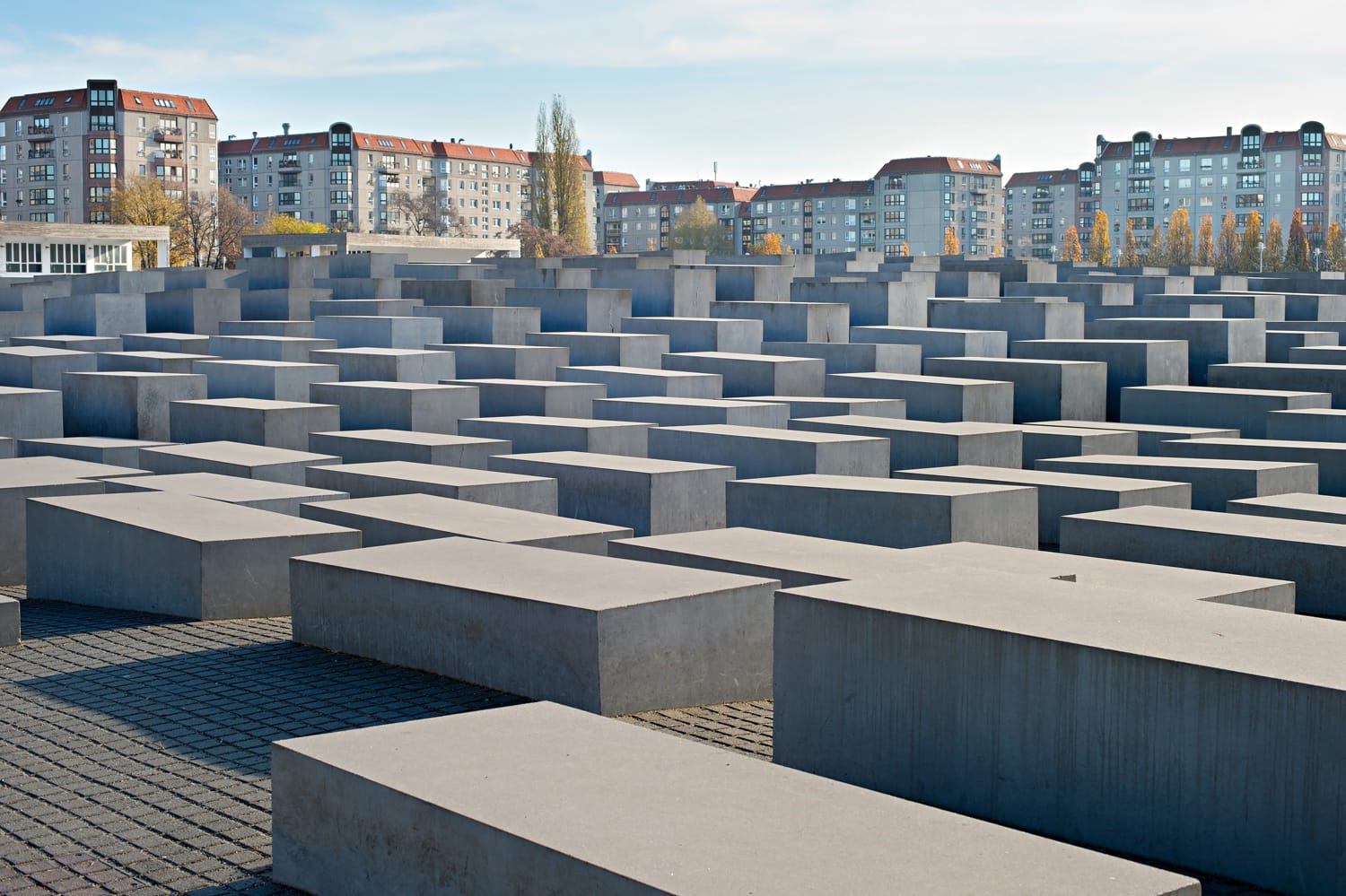
Holocaust Memorial – Berlin, Germany
You’ll find the Memorial to the Murdered Jews of Europe in the center of Berlin. Consisting of 2,711 concrete blocks, this massive memorial was built to allow visitors to reflect peacefully on the topic with some privacy. The blocks cover about 800 square meters (4.7 acres) of land in the city center.
Significance
The Holocaust Memorial was built as a monument to the 6 million Jewish victims of WWII. It was placed in the city center so that it could be seen in everyday life, but the original design had no information about the people it memorialized. The architect who designed the memorial did this on purpose, as he wanted it to be a place of reflection. However, after several complaints, an informational addition was built below the slabs so that visitors could also have an educational experience.
Other WWII-related sites in Berlin include Checkpoint Charlie, the Berlin Jewish Museum, the Reichstag, and the Wall Museum.
How to Visit the Berlin Holocaust Memorial
The memorial is free to visit, as is the permanent collection in the museum. For the best experience, we recommend this two-hour guided WWII tour of the city.
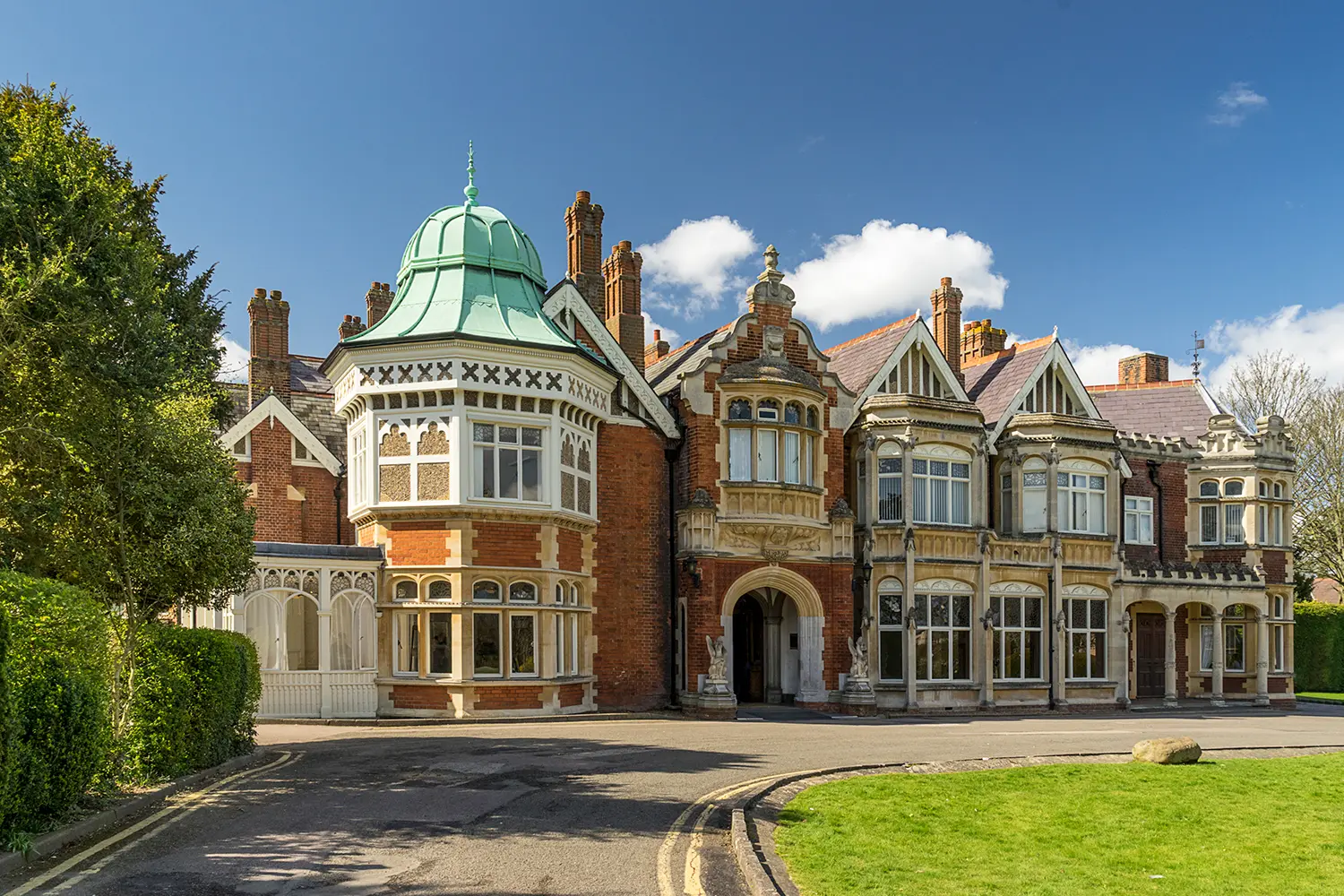
Bletchley Park – Bletchley, England
If you’ve seen The Imitation Game, you probably know about Bletchley Park. This Allied base on the outskirts of London famously housed the British code-breaking operation.
Significance
British intelligence was scrambling to break the Germans’ coded communication during WWII. The Nazis had created an enciphering machine known as Enigma, which encoded top-secret messages between commands.
Mathematician Alan Turing helped spearhead the efforts to break the Enigma code. As Turing and his team worked hard to decipher the machine, the Allies were being bombarded by German U-boats, and it became essential to uncover the coded messages for the Allies to prevent further loss. Turing and his team made a breakthrough in 1941 with a technique he dubbed “Banburismus.” When the Allies could finally break through Enigma, they directed boats away from the packs of German U-boats and saved hundreds of lives.
After the war, Turing used the technology that went into creating the Enigma machine and his own research to invent the first-ever computer, the ACE (Automatic Computing Engine).
How to Visit Bletchley Park
Bletchley Park is quite easy to reach from London by car (which takes about 1.5 hours) or direct train (one hour). You can tour the historic compound to learn more about ciphering and code-breaking during WWII. Tickets for one-hour guided tours are available at the entrance or in advance online.
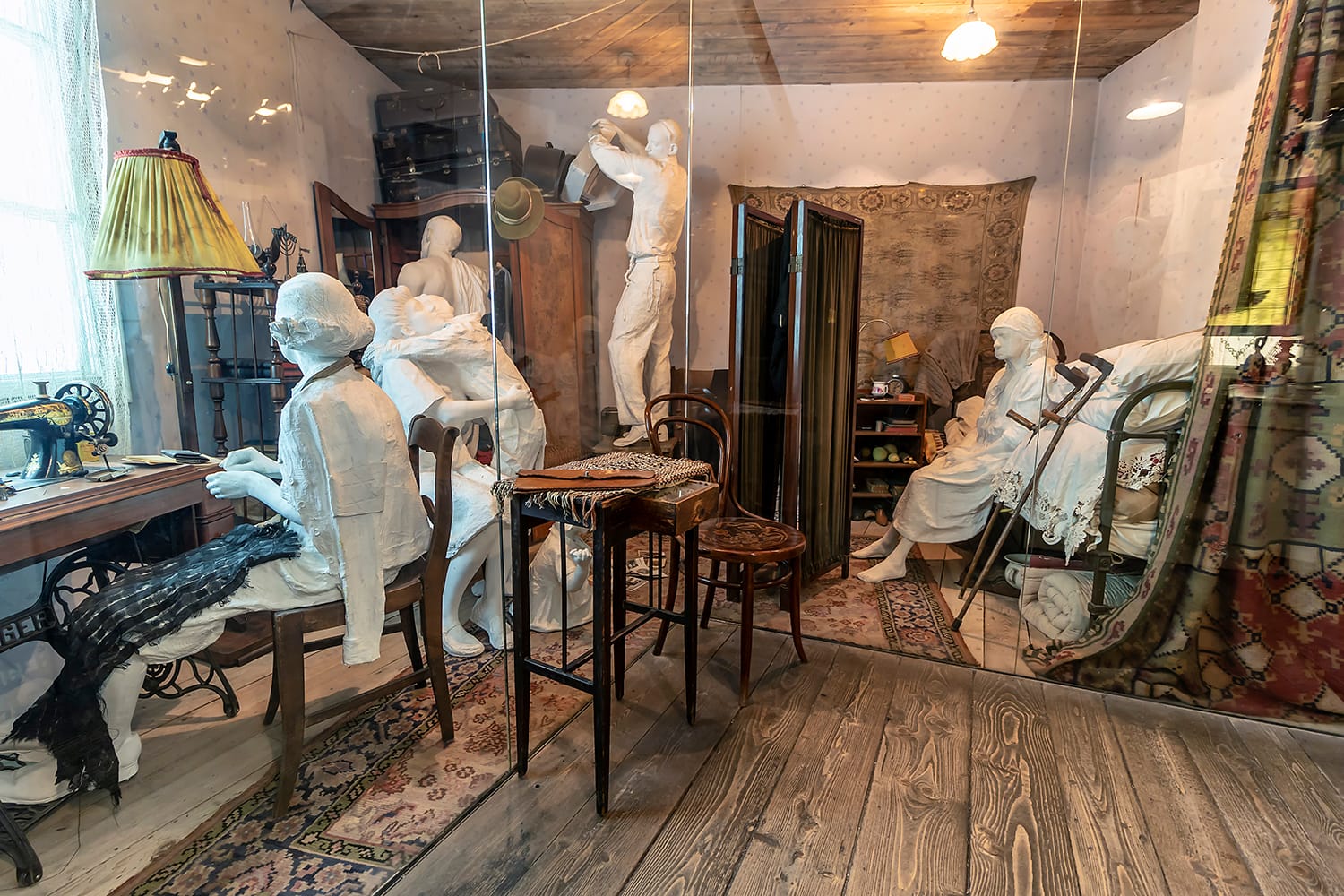
Schindler’s Factory – Kraków, Poland
You may be familiar with Oskar Schindler’s Enamel Factory if you’ve seen Schindler’s List. The movie is based on the book Schindler’s Ark by Thomas Keneally, which follows the true story of Oskar Schindler, a Nazi Party member who owned an enamelware factory in Kraków and is credited with saving about 1,200 Jews.
Significance
In Nazi-occupied Poland, Jewish people lived in fear of being caught, which is where Schindler came in. There is much debate as to whether this German entrepreneur was a good man based on his life, but one thing is for sure: He saved the lives of over 1,000 Jews by employing them in his factory.
The factory originally focused on enamelware, but when the war broke out and Schindler saw what was happening to the Jews, he switched to producing ammunition so that more Jewish people could work for him. While other forced-labor factories received barely any rations, workers at Schindler’s Factory received a larger amount of food. Working conditions were often very poor, though, due to the nature of the job and living situations.
The factory is one of the best WWII sites, now a museum that shares incredible displays and insights into life during the war.
How to Visit Schindler’s Factory
Since the release of Schindler’s List in 1993, tourists have flocked to the factory to see where the real-life story took place. Because it’s so popular, we highly recommend booking a ticket in advance. You can purchase a skip-the-line ticket here or delve deeper into this historic site with a guided tour of Schindler’s Factory.
Whether you’re a history buff or just a fan of travel, you should try to visit at least one of these sites. WWII had a far-reaching impact, which you can feel with a visit to any of these sites.
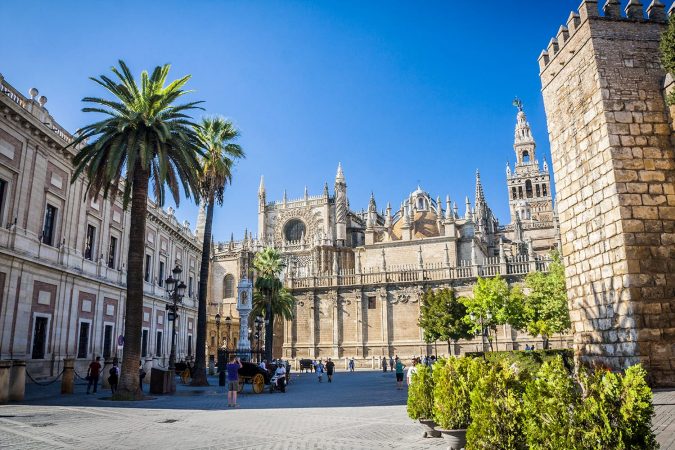





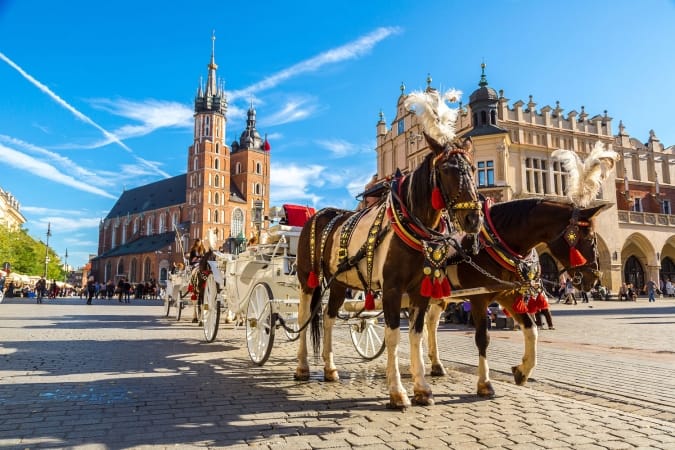
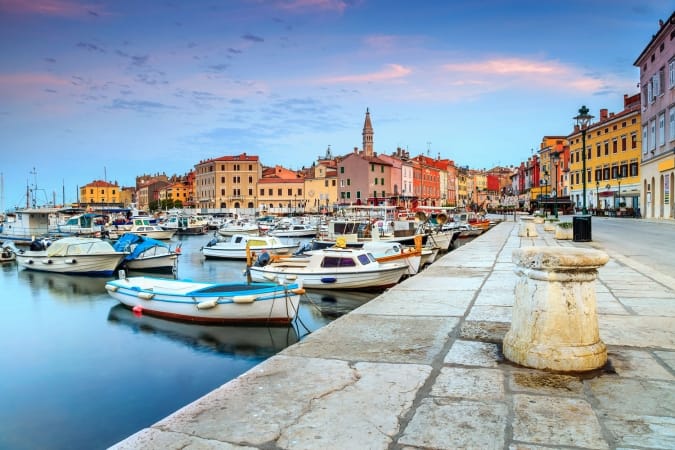
Comments